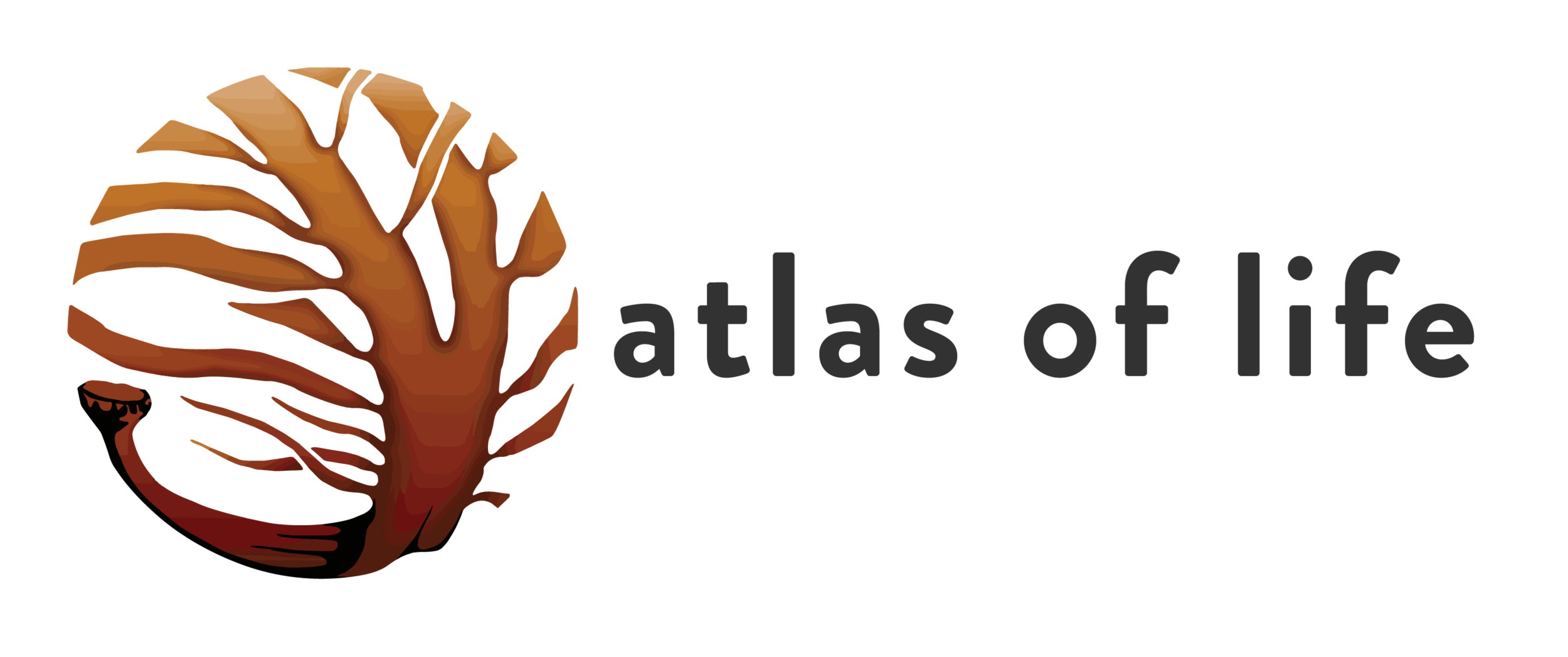Help with habitat
Part of the
Atlas Fire Recovery Project
2020
Places to roost, hide and nest. For many animals that have survived the fires, finding safe habitat will be a top priority. Where the shrub layer is gone, fairy wrens will seek out the tangle of branches from fallen trees. Lizards will retreat under any fallen logs or rocks. And hollow-roosting mammals and birds will be on the hunt for new cavities if their home trees have been destroyed.
It’s not all bad news. In some ways, the market has opened up. With so many birds and animals lost during the fires and since, there will be empty lodgings. In addition, fire is actually an important component in creating tree hollows!
So do they need our help?
One important way we can all help is to think carefully before we ‘clean up’ fallen vegetation in burned areas. Animals are probably already making very good use of it. Even standing dead trees are probably home to survivors, including insect larvae.
If you live in an unburned area your home may have become a refuge for small animals, now and even into the future. Consider how you could immediately provide habitat, such as by laying branches and logs in areas of your garden. And, longer term, creating dense plantings of native plants. Built it and they will come!
Artificial nest boxes are a third option, but here we have to be careful. Experience and research has shown that nest boxes are often taken over by common, aggressive or pest species – the ones that don’t actually need any help.
There is plenty of information available on how to construct nest boxes appropriate for different species (see this link, for example; or this one).
However, even with the best design, there are no guarantees that it will help the target species. For example, purpose built nest boxes for Glossy Black Cockatoos have been targeted by Brush-tailed Possums – which prey on the chicks! The problem was quickly dealt with because the boxes were closely monitored …
Monitoring nest box users is essential
Before setting up a nest box consider how you will monitor it. And if the wrong species is showing interest in the box, take it down.
More information coming soon. The Department of Industry, Planning and Environment is currently developing detailed advice on the use of nest boxes in bushfire recovery. We will share the link as soon as possible.
More information about bushfire recovery in nsw
The NSW Government website is a source of reliable and valuable information on the effect of our recent fires and the processes involved in nature’s recovery. Many of the information sheets have been published recently, and others will appear soon. Below are links to a few key documents, and it is worth scrolling through the ‘related links’ at the bottom of each page for new publications or other items of interest.
The Google Earth Engine Burnt Area Map … “A rapid mapping approach to find out where wildfires in New South Wales have affected vegetation” … and in a couple of clicks you can view the map for your area! Note that the assessments are ongoing and not all fire grounds in our region have been evaluated yet.
Helping wildlife in emergencies … an introduction to how members of the public can best assist wildlife during emergencies such as the recent fires.
Impact of fires on plants and animals … “Providing advice for the recovery of biodiversity after fire” … explaining the Department’s strategy for monitoring, mapping and impact assessments.
Wildlife and Conservation Bushfire Recovery … “Immediate Response January 2020. This document sets out our immediate actions to support native wildlife recovery.” … a more comprehensive document detailing the recovery projects being undertaken, including the projects assisting threatened species.
This web page is provided in support of initiatives by National Parks and Wildlife, NSW Department of Planning, Industry and Environment, and the Bega Valley Shire Council. The Atlas of Life in the Coastal Wilderness is pleased to be a part of the NatureMapr network and this broader, collaborative recovery effort. Any errors or omissions are mine. Please contact me if you see a problem. Kerri-Lee Harris, 15/2/20







